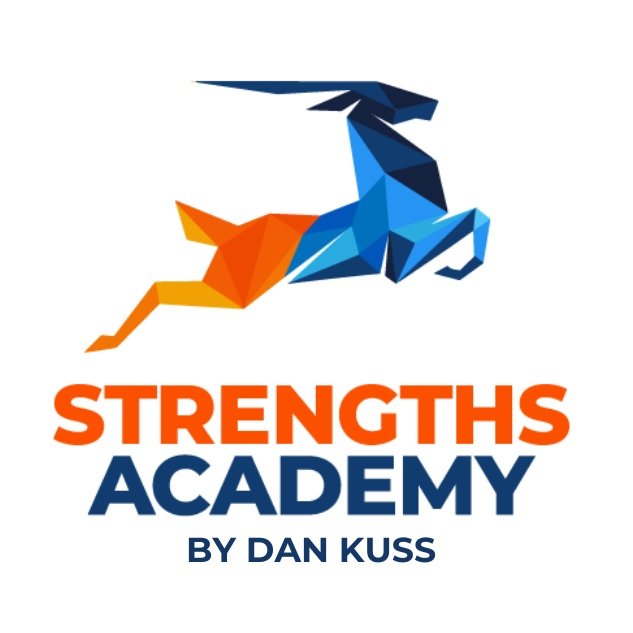How to help your teams become more engaged in their work.
The last three years have seen a lot of change in the workplace. Displacement, opportunity, flexible work arrangements, the great resignation, quiet quitting, adapting to new roles and accepting that things may never go back to how they were. It’s a lot for individuals to navigate and presents new challenges for managers and leaders to address so they can best support their teams.
The COVID-19 experience has reinforced that people do their best work when engaged–and engagement can mean different things to different people.
“There is no more effective way to empower people than to see each person in terms of his or her strengths.”
–Don Clifton
So, how do you engage your individuals and your teams? Research suggests that (amongst other items) they need the opportunity to use their strengths every day, do meaningful work, have the tools they need to do their work, be supported in their roles and have access to professional development.
Organisations such as Gallup have known this for years. Founded in decades of research in the pursuit of career and life excellence, Gallup’s CliftonStrengths tool helps people do more of their best work with ease, excellence and joy. Millions of interviews with employees globally conclude that people who know and use their strengths are six times more likely to say they are engaged in their work or career.
How to get started
If you’re considering L&D for your team, our Strengths workshops are a great way to open a learning and development program. Team members learn their unique, individual talents and strengths, and those of the people they work with. They quickly identify how the team can work more effectively together and begin to map that out during the session. And when teams work well together, using their individual and collective strengths, they become even more engaged.
Client feedback
“… engagement of the trainers and participants from the very beginning, there was no awkward time waiting for the group to warm up. Great job making this happen, Sue and Dan. I am really looking forward to the next five modules.”
Participant.
Blackfriars Priory School
“The best thing for me today was understanding others strengths and varying types of strengths in the office. Exceptional [workshop] - can’t wait to see where the remaining workshops go.”
–Matt Martin, Director.
Detail Studio
“The best thing for me today was it helped me to see my strengths. [Having] time to take stock. Look at the big picture. Sue and Dan did a good job of narrowing it down into creating goals in a short time. Inspiring, illuminating and enjoyable. Thank you!”
Anna Garcia.
Cabra Dominican College
Like to find out more?
Get in touch today.
Photo by Brooke Cagle on Unsplash

